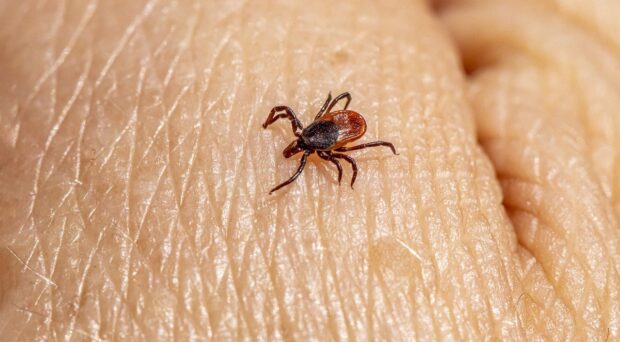
Europe is the fastest warming continent. The Emergency Events Database (EM-DAT) reported that in 2022 Europe experienced meteorological, hydrological, and climate-related hazards that directly impacted 156,000 people, with over 16,000 lives lost. These events included extreme heat, drought, wildfires, and rising sea surface temperatures.
The Lancet Countdown in Europe was established in 2021 as an interdisciplinary collaboration that works to produce a health profile of climate change, with actionable evidence to encourage and support mitigation and adaptation actions. With a virtual launch on May 13 this year, the newest report analyses 42 indicators, among which are climate-sensitive vectors and pathogens.
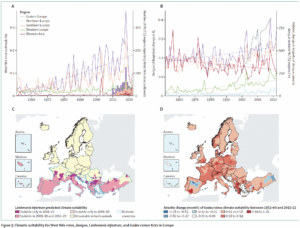
Climate-sensitive infectious diseases of concern:
Vibrio 🧫
As sea surface temperatures increase, certain coastal areas in Europe have become more ecologically welcoming for pathogenic Vibrio bacteria. These bacteria can cause skin, ear, and gastrointestinal issues, as well as more severe outcomes like necrotizing fasciitis. In 2022, 21 European countries showed suitable areas for these bacteria, with approximately 150 million people estimated to live in coastal areas at risk.
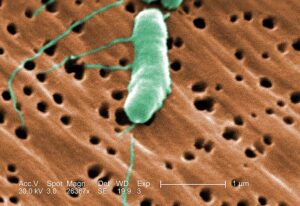
West Nile Virus 🦠
Transmitted from birds to humans via mosquitoes, WNV has become a growing concern in Europe. Warmer temperatures favour mosquitoes like Culex, increasing virus transmission, while drought can result in more interactions between birds and mosquitoes around water sources. In 2022, Europe reported 1340 locally acquired human WVN cases, including 104 deaths.
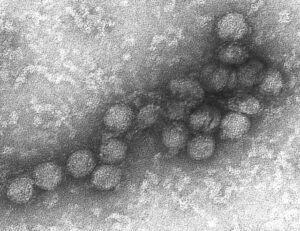
Aedes-borne viruses 🦟
Sporadic autochthonous dengue outbreaks in countries like Spain, Italy, and France highlight Europe’s vulnerability to these viruses. In 2022, France reported 65 locally acquired dengue cases, surpassing all annual cases from 2010 to 2021. Using a mechanistic model, scientists observed an outbreak risk for dengue, chikungunya, and Zika viruses based on factors like temperature, rainfall, mosquito abundance, and population density.
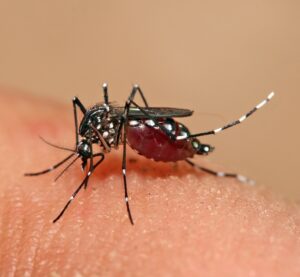
Malaria 🩸
Successfully eradicated in Europe 50 years ago, recent malaria cases have emerged due to sporadic local transmission and travel-related events. Warming temperatures create favourable conditions for Anopheles mosquitos, increasing the number of suitable months for Plasmodium vivax transmission (especially in Western and Eastern Europe).
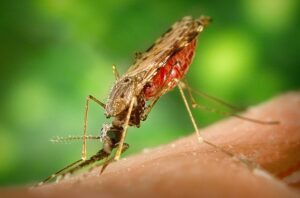
Leishmaniasis 💉
One of the newest additions to the Countdown indicators for Europe, cutaneous and visceral leishmaniasis are endemic in many parts of the region, caused by Leishmania infantum and transmitted by different sandfly species. Phlebotomine sandflies thrive in regions with temperatures above 15°C, but ideal conditions for vector activity and parasite development can vary. Models for different vector species showed climate change is expected to expand habitat suitability, reaching northern regions and higher altitudes.
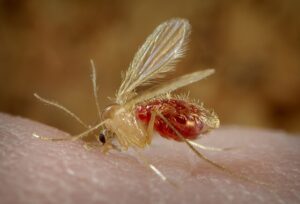
Ticks 😖
Another new addition, Ixodes ricinus ticks play a crucial role in transmitting pathogens like Borrelia burgdorferi (Lyme disease) and tick-borne encephalitis, which are prevalent in the northern hemisphere. As with sandflies and mosquitoes, distribution ranges for ticks have increased with highest suitability observed in eastern Europe and western Asia. This raises concerns about the potential transmission of other pathogens associated with ticks.
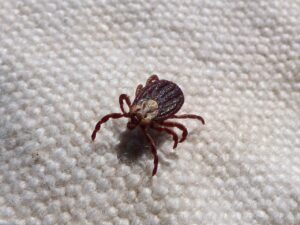
“Unprecedented warming demands unprecedented action”
The title of the report is both a warning and a call to action. Recommendations include enhanced disease surveillance at different scales to inform interventions, as well as outreach campaigns to empower and foster resilience in communities. The low levels of engagement from the media and political spheres remain a concern – could this be a result of low awareness about how the climate crisis affects health?
The report details many other health impacts of climate change, discusses record-breaking temperatures across Europe, considers inequality and justice aspects of this crisis, and highlights the importance of public and political engagement. It concludes with the following:
“Climate change is not a far-in-the future theoretical scenario: it is here, and it kills. Climate change impacts are likely to worsen within and beyond Europe, affecting the wellbeing of billions of people. Recognising the impacts of climate change within and beyond Europe and its role in creating the climate crisis, Europe should commit to a fair and healthy environmental transition, which includes taking global responsibility and supporting the most affected communities.”
It’s definitely worth diving into.

Comments